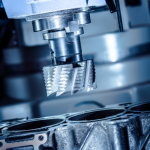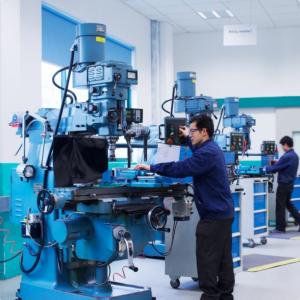Why machine audits matter
Machine audits are essential for ensuring compliance with the Machinery Directive 2006/42/EC and user safety. Regular audits support effective asset management, prevent breakdowns, reduce downtime, and help detect non-conformities early in the machine’s lifecycle.
Types of machine audits offered by GCB
- Essential requirements audit – assesses compliance with the Machinery Directive and harmonized standards (e.g. ISO 12100), including risk assessment and technical documentation review.
- Machine park audit – provides a technical overview of all machines at a facility, identifying hazards, non-conformities, and potential failure points.
- Technical asset audit – inventories and evaluates the condition of machinery for maintenance planning, budgeting, and operational efficiency.
- Audit of modifications and upgrades – assesses the impact of structural or functional changes on compliance and determines the need for re-assessment under the Machinery Directive.
Audit process overview
- Initial review of submitted documentation and application
- On-site inspection: machinery check and staff interviews
- Risk assessment and non-conformity identification
- Preparation of a detailed audit report with recommendations
- Optional: support in corrective action planning or CE readiness
Why conduct regular machine audits?
- Identify risks before incidents or failures occur
- Improve safety and ergonomics for machine operators
- Ensure compliance with labor and health & safety regulations
- Reduce legal liability and insurance risk
- Enhance planning for overhauls and upgrades
- Be prepared for inspections by supervisory authorities (e.g. labour inspectorate)
*GCB machine audits do not apply to certain categories of machinery listed in Annex IV of Directive 2006/42/EC, including vehicle servicing lifts (item 16).




























